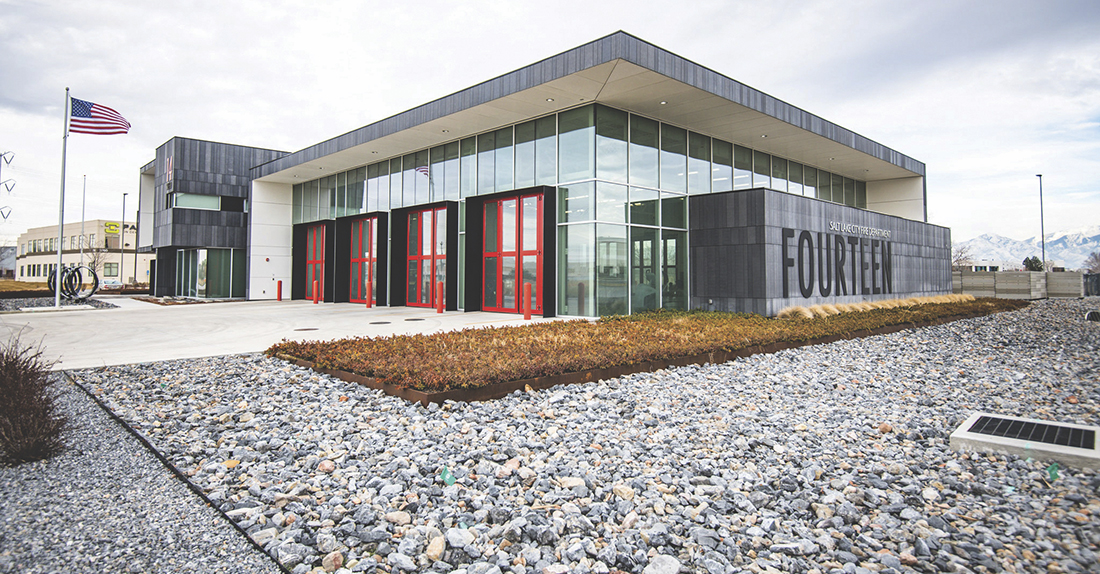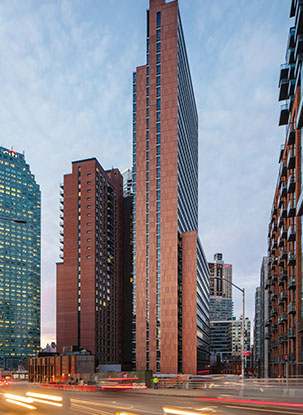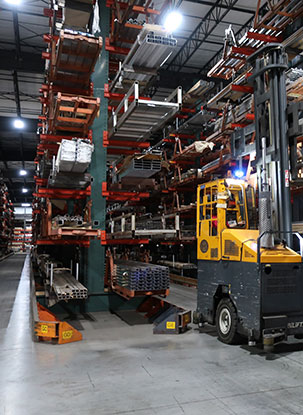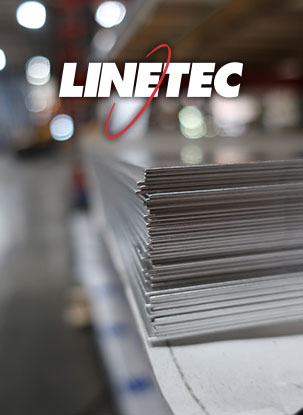 Selecting the proper architectural paint for a project’s architectural aluminum products can ensure a visually pleasing result for years to come. Even when the correct painted coating is chosen, other factors can cause unforeseen defects to the aluminum product’s surface. Here are some common flaws that may occur, and how to correct or avoid them.
Selecting the proper architectural paint for a project’s architectural aluminum products can ensure a visually pleasing result for years to come. Even when the correct painted coating is chosen, other factors can cause unforeseen defects to the aluminum product’s surface. Here are some common flaws that may occur, and how to correct or avoid them.
Pretreat the Metal, Dry Thoroughly
The condition of the surface to be coated plays a big role in the final product. The presence of oil, grease or other contaminants can cause adhesion failure in the paint. This could result in the topcoat peeling or flaking off. The rolling process of tubes and extrusions also can leave such a residue. For architectural finishes applied at a paint facility, baking of the paint after application is required, any reside not removed prior to painting, may run, or leach out, from beneath the coating, damaging both the paint and metal.
Your finishing applicator can avoid these flaws by pretreating the metal before paint ever touches it. Using a combination of high-power water rinses, high-temperature acid clean, etch and desmut and a chromium phosphate coating will remove most contaminants and increase the corrosion-resistance of the aluminum. A thorough drying process afterward will ensure that any remaining moisture is evaporated and that the finishers have an ideal surface on which to work.
Know Your Oil
Non-water soluble oils can lead to “fisheye” problems. Fisheye is a defect where circular depressions or “craters” appears in the finish. Most pretreatment systems are not equipped to remove these oils in advance, so if you suspect them to be present on your surface, be sure to discuss this with your finisher.
Watch for Corrosion
If the metal was stored outside before painting, it may suffer from corrosion in spots, which will stain in areas after being finished. Corrosion can be minimized or removed entirely by sanding the affected areas of the metal prior to finishing.
 Apply with Care and Control
Apply with Care and Control
The process of paint application also can cause defects to appear later. Blisters or “pops” can appear beneath the surface of the finish after the curing process is complete, if there wasn’t enough flash off time before baking. Inconsistent coloring can occur in the paint if its application was inconsistent or the thickness of the finish varies across the surface. This will result in a coat that has color variation throughout, particularly if viewed from different angles.
These flaws can be avoided by quality-controlled, standard operating procedures for paint application on the part of the finishers. By applying the coating consistently throughout the process, the finishers can ensure less variation in the end product. A combination of automated spray equipment and painting specialists, helps to ensures an even, gradual coating application to prevent film build-up.
Send a Sample
If you are still concerned about the opportunity for defects in your architectural paint, consider sending a sample sheet of the metal that will be used to your finisher, as a mock-up, in advance. By applying the exact process that would be use for your actual project, any potential flaws can be identified and corrected in advance.

Learn more about Linetec’s quality control and paint finishing services by clicking here . For personalized assistance in selecting the right coating for your aluminum building products, please contact Linetec’s regional sales managers , email sales@linetec.com or call 888-717-1472
.






